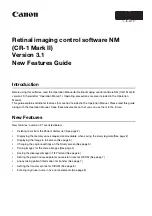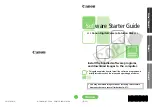
Definitions and Records
Data Definition Language (DDL) Reference Manual — 426798-002
5- 23
Key Assignment Syntax
•
DDL file creation defaults and those of FUP differ in the following ways:
°
If file-creation is omitted, DDL assigns a file type as follows:
°
If you do not specify a file type in FUP, FUP automatically creates the file as
unstructured.
°
The default values for four DDL file creation attributes differ from the default
values assigned by FUP.
Table 5-1
contrasts the values of these four attributes
assigned by DDL to the values assigned by FUP.
•
Extent sizes in FUP are determined by file type and block or buffer size. The
default setting is generally either (1,1) or (2,2). For more information about how
FUP determines extent size, see the File Utility Program (FUP) Reference Manual.
Record Structure Guidelines
The following points are guidelines for structuring records:
•
Each group and field description within a record structure must have at least a
level number and a name. The level number must precede the name. Other
clauses, except level 88 and level 89 clauses, can follow in any order before the
first period in the description. Level 88 and level 89 clauses must follow the first
period, in any order.
•
A record structure must contain at least one field description.
•
A record structure can contain one or more group descriptions.
File Type
Condition
Key-sequenced
If the record has a primary key
Unstructured
If the record has no keys; an unstructured file can have
a SEQUENCE IS clause
Entry-Sequenced
If the record has one or more alternate keys and a
SEQUENCE IS clause but no primary key
Relative
If the record has one or more alternate keys but no
primary key or SEQUENCE IS clause
Table 5-1. File Attributes That Differ in DDL and FUP
File Creation
Attributes
File Type
DDL Default Value
FUP Default Value
BLOCK
Key-sequenced,
relative, or entry-
sequenced
4096
4096
EXT
All
(4,32)
Varies
MAXEXTENTS
All
100
16
NO ODDUNSTR
Unstructured
Odd
Even
















































